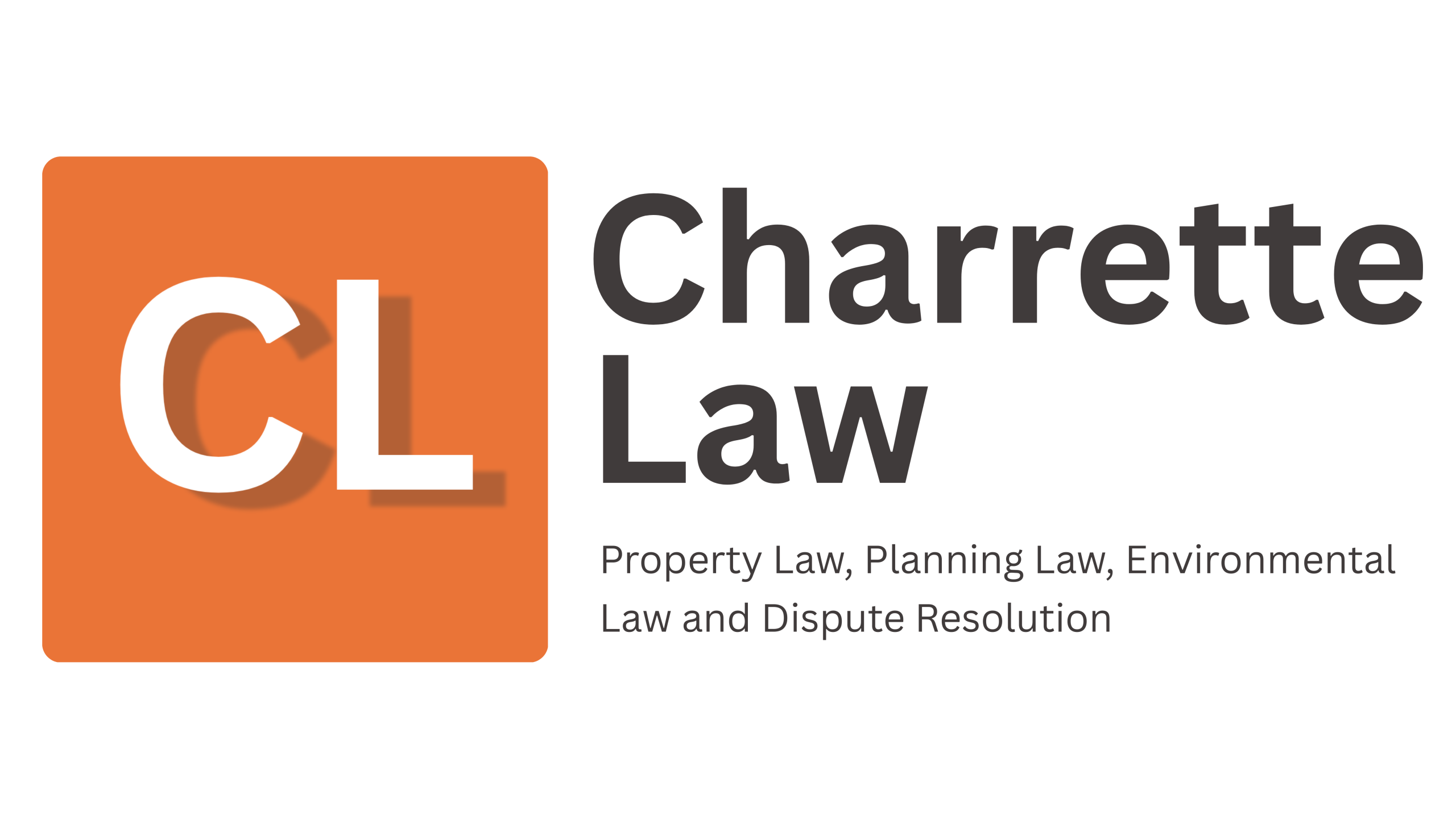In the complex property development landscape, restrictive covenants are among the most critical yet least understood legal obstacles facing developers, architects, and landowners. If overlooked, these covenants can undermine an otherwise viable planning strategy, derail construction timelines, and trigger costly litigation.
For those navigating the UK’s planning and development process, particularly Studio Charrette clients, it is essential to understand how restrictive covenants operate, how they intersect with planning permissions, and how Charrette Law, our specialist legal arm, can offer tailored, practical support.
This article offers a thorough legal and strategic briefing for developers and landowners, shedding light on one of the most misunderstood dimensions of property law.
What is a Restrictive Covenant?
A restrictive covenant is a private agreement written into a property’s title deeds that limits land use or development. A former owner typically imposes it to protect the character or value of the surrounding land in which they still retain an interest. These restrictions “run with the land,” which means they bind future owners unless formally discharged.
Common examples include:
- Prohibiting buildings and other structures
- Limiting commercial use on residential sites
- Restricting the height or type of buildings
- Preventing subdivision or multiple dwellings on one plot
- Banning certain activities or operations, such as the sale of alcohol or the parking of commercial vehicles
These limitations are enforceable under private law. Unlike planning rules, they are not publicly administered or easily visible on a council website. Breaching a covenant, even unknowingly, can result in an injunction or damages claim by the beneficiary.
Planning Permission vs Restrictive Covenants: The Crucial Difference
One of property development’s most common and dangerous misunderstandings is assuming that a successful planning application overrides any restrictive covenants. This is categorically false.
Planning permission and restrictive covenants operate on parallel but independent tracks. Receiving planning approval does not grant the right to ignore a covenant. Conversely, the existence of a restrictive covenant does not mean planning permission will be denied. However, it means your development could still be halted or challenged by a third party, even after construction.
Studio Charrette’s planning consultants regularly encounter cases in which developers assume that council consent implies legal freedom to build. Without addressing the private law dimension, these projects are exposed to risk.
This is where Charette Law offers a combined planning-legal analysis that shields clients from preventable disputes.
Real-World Case Study
Consider this: a developer acquires a suburban plot with outline planning permission to construct two dwellings. The site seems perfect. However, the land is subject to a 1930s covenant forbidding more than one house. The planning officer overlooked it, and the seller made no disclosure. Six months after groundworks are well underway, the adjoining property owner, a beneficiary of the original covenant, files for an injunction.
Had this issue been flagged during due diligence, it could have been addressed pre-emptively. Instead, it stalls the project, increases costs, and triggers reputational damage with the local authority.
Studio Charrette’s integrated due diligence service is designed to catch precisely these types of issues before they become fatal flaws. Our legal division, Charrette Law, evaluates title documents with a planning strategy to provide a 360-degree compliance perspective.
Can Restrictive Covenants Be Removed or Modified?
Yes, but the process requires strategy, evidence, and expert legal advice.
Under Section 84 of the Law of Property Act 1925, it is possible to apply to the Upper Tribunal (Lands Chamber) to modify or discharge a restrictive covenant. This can be granted under one or more of the following conditions:
- Obsolescence: The covenant is outdated due to changes in the character of the property or neighbourhood.
- Impediment to reasonable use: The covenant unfairly hinders the appropriate use or development of the land.
- All beneficiaries have agreed: There is written consent from all parties entitled to enforce the covenant.
- No injury: The proposed changes would not harm those benefiting from the covenant.
Each of these routes has evidential requirements and procedural complexity. The Tribunal takes into account the covenant’s original intention, the current planning context, and whether reasonable alternatives have been exhausted.
Strategic Legal Advice: Why Charrette Law Matters
At Charrette Law, we do not approach restrictive covenants in isolation. We analyse them through the lens of development feasibility, planning trajectory, and local stakeholder dynamics. Our legal interventions are not just about compliance. They are about unlocking opportunity.
Our services include:
- Covenant screening and risk mapping as part of planning due diligence
- Negotiating releases or variations with beneficiaries before purchase
- Drafting indemnity insurance frameworks where suitable
- Preparing and submitting Section 84 applications where negotiation is not viable
- Representing clients in litigation where enforcement is threatened or enacted
Because we are embedded within Studio Charrette, we understand the development pipeline. We are not generalist solicitors interpreting the law abstractly. We are specialist legal practitioners grounded in real-world planning constraints and commercial realities.
Negotiating with Beneficiaries: A Tactical Approach
In many cases, the most expedient path is to negotiate directly with the person or party who benefits from the covenant. This may be a private landowner, a housing estate trustee, or, in some cases, a developer or historic entity long since dissolved.
This negotiation must be handled carefully. If approached too soon or too aggressively, it can trigger resistance or draw attention to plans not yet formalised. It can leave the project vulnerable to disruption or extortionate demands if left too late.
Charrette Law offers a tactical negotiation service, using our legal acumen and planning insight to engage beneficiaries in constructive discussion. We ensure that any agreement is drafted correctly and registered to prevent future disputes.
The Role of Indemnity Insurance
In some situations, especially where the risk of enforcement is considered low and time is of the essence, indemnity insurance may be used to protect against potential claims. This is not a cure-all. Insurers are selective, and policies can be invalidated if there is any attempt to contact beneficiaries or if enforcement action has already begun.
We work with a network of underwriters to assess insurability based on the strength of the covenant, its age, known beneficiaries, and the planning context. Our clients are given complete clarity on what is covered, what is not, and where legal application remains the better option.
Studio Charrette: Integrated Services That Prevent Costly Mistakes
What sets Studio Charrette apart is our integrated, end-to-end service. From pre- acquisition appraisal to planning permission to post-permission legal compliance, we operate as a unified consultancy that anticipates risks others miss.
By integrating Charrette Law directly into the planning process, our clients benefit from:
- Faster project turnaround by resolving legal blockers early
- Lower long-term costs by avoiding litigation or planning invalidation
- Greater confidence when presenting plans to councils or investors
- Improved site valuation through legal and strategic clarity
Restrictive covenants are not just a legal curiosity. They are a serious operational and financial risk if you consider any form of development, whether self-build, commercial, or large-scale residential. It is essential to bring legal expertise into the process from the start.
Final Word: Plan Legally, Build Confidently
In the planning world, restrictive covenants are the silent saboteurs. They are often buried in land registry details or archaic deeds, but their impact can be devastating. What seems like a minor legal note can invalidate months of planning work or force redesigns that erode profitability.
At Charrette Law, we ensure that our clients are not blindsided. We equip them with knowledge, defend their rights, and unlock opportunities others consider closed.
If you are a developer, architect, or investor considering a site with legal complexity, do not wait until enforcement begins. Engage with our legal team to safeguard your project and secure your investment.
Need expert legal advice? Contact Charrette Law today or ask your planning consultant for a direct introduction to our legal division.


